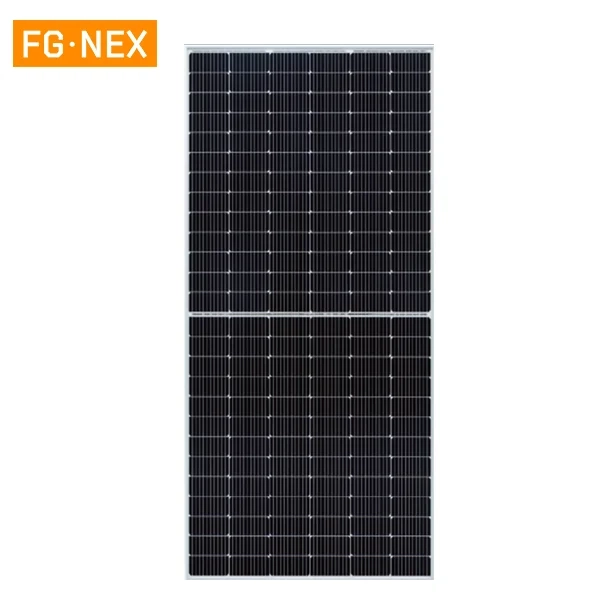- This topic is empty.
-
AuthorPosts
-
19/03/2024 at 14:15 #1632
In the field of renewable energy, solar technology is favored for its clean, endless energy supply. Monocrystalline solar panels have become the darling of the market due to their high conversion efficiency and long service life. However, consumers often find when purchasing that the price of monocrystalline solar panels is not static, but is affected by a variety of factors. This article will explore these influencing factors in detail and try to reveal the principles behind them to readers.

The first is the cost of raw materials. Monocrystalline silicon is the core material for manufacturing monocrystalline solar panels, and its price fluctuations directly affect the cost of the final product. For example, the supply and demand relationship of silicon materials, advances in refining processes, and policy changes in the international market may cause changes in silicon material prices. High-quality silicon is the basis for producing high-efficiency solar panels. Once the price of silicon material rises, monocrystalline solar panel manufacturers have to increase the selling price of panels in order to maintain profit margins.
The second is production technology and scale. With the advancement of science and technology, the technology for producing monocrystalline silicon solar panels is also constantly innovating. Advanced equipment and technology can improve production efficiency and reduce material waste, thereby reducing the cost of unit products. At the same time, large-scale production can also reduce the cost of a single battery panel through economies of scale.
The third is market demand and supply conditions. The market demand for monocrystalline solar panels will directly affect its price. When market demand is strong, supply exceeding demand will push up prices; conversely, it may cause prices to fall. In addition, government policy support and restrictions will also have a significant impact on market demand. For example, government subsidy policies can stimulate market demand, while cutting subsidies can suppress demand.
The fourth is transportation and installation costs. From the production line to the hands of consumers, solar panels also need to go through a series of processes such as transportation and installation. Transportation costs are affected by factors such as oil prices and traffic conditions, while installation costs are related to local labor prices, installation difficulty and other factors. This cost increase will also be reflected in the final selling price of the battery panels.
The fifth is brand and service. Different brands of monocrystalline solar panels have differences in quality, performance and after-sales service, which will also affect their prices. Well-known brands tend to charge higher prices because of their good reputation and quality service.
The sixth is environmental and policy factors. The strengthening of environmental protection regulations may increase the environmental protection costs of manufacturing companies, thereby affecting the price of battery panels. At the same time, countries have different levels of policy support for renewable energy, such as tax incentives, subsidy policies, etc., which will have an impact on prices.
Finally, there is the international trade environment. A globalized market means that monocrystalline solar panels are produced and sold across national borders. Trade barriers, tariffs, and exchange rate changes will all affect the cost of cross-border transactions, which will in turn affect the price of solar panels.
To sum up, the price of monocrystalline solar panels is affected by many factors such as raw material costs, production technology and scale, market demand and supply conditions, transportation and installation costs, brand and services, environmental and policy factors, and the international trade environment. These factors interact to shape the market price of monocrystalline solar panels. By understanding these factors, consumers can weigh price and performance more wisely when purchasing, and choose the product that best suits them. For monocrystalline solar panel manufacturers, only by reasonably controlling these factors and optimizing the cost structure can they occupy a favorable position in the fierce market competition and achieve sustainable development.
-
AuthorPosts
- You must be logged in to reply to this topic.